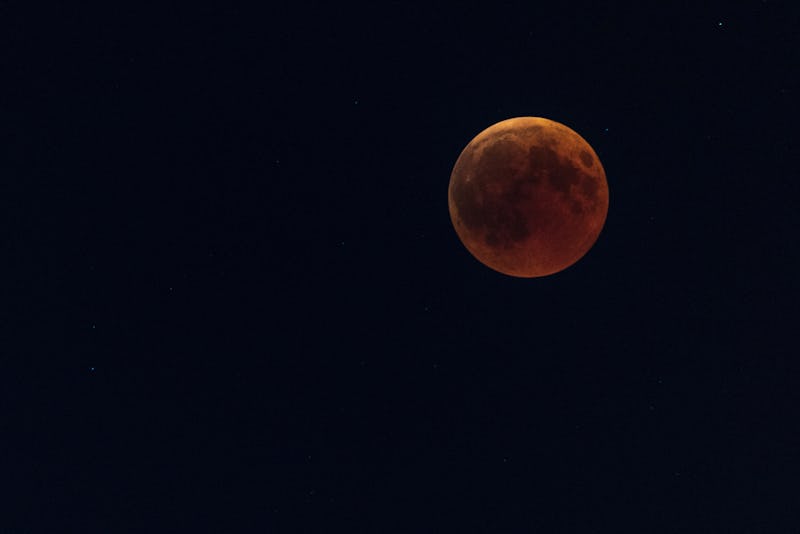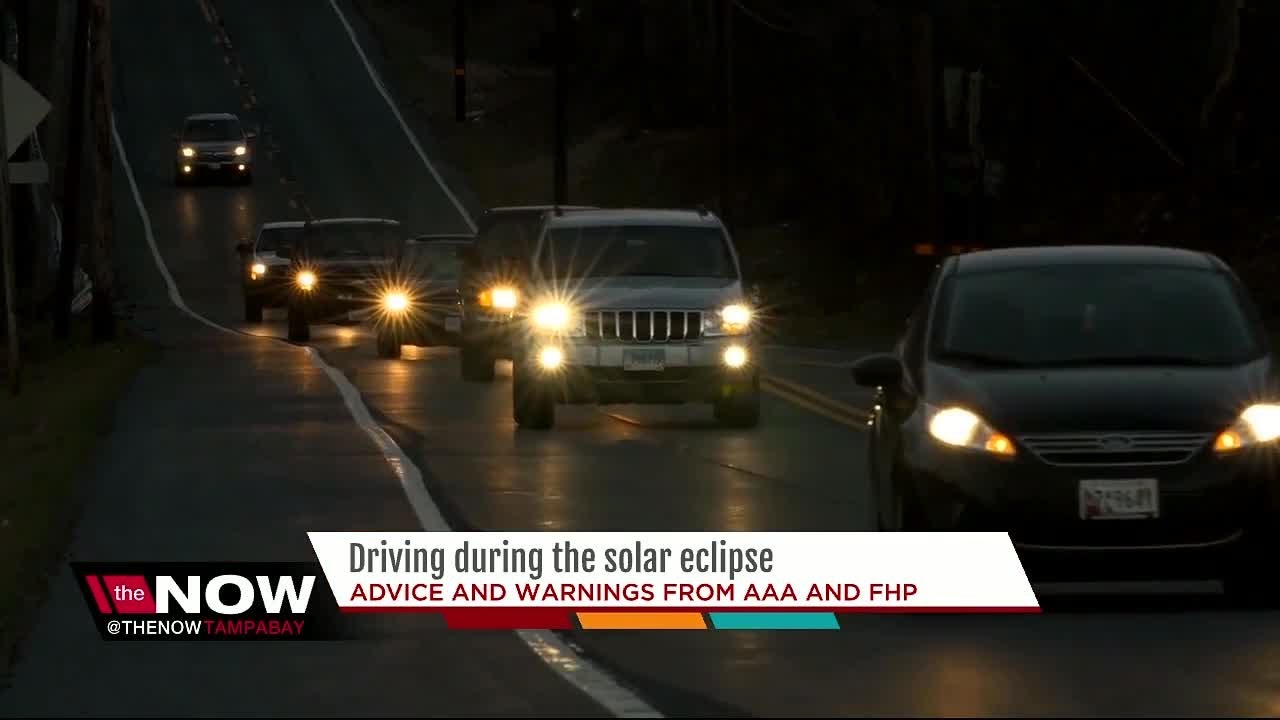As the solar eclipse approaches on August 21, 2017, many people are wondering if it is safe to drive during the event. The answer is yes, but there are a few things you need to keep in mind. First, do not look directly at the sun during the eclipse, as this can damage your eyes.
Second, be aware of your surroundings and do not stop in the middle of the road to look at the eclipse. Finally, if you are driving in an area where there is a lot of traffic, be extra cautious and be prepared for drivers who may be distracted by the event.
On Monday, August 21, 2017, a solar eclipse will be visible across North America.
For many, this will be a once-in-a-lifetime opportunity to witness one of nature’s most incredible shows. But if you’re planning on hitting the road to get a better view, there are a few things you need to know first.
Here in the United States, we haven’t seen a total solar eclipse since 1979. And while partial eclipses are relatively common, it’s still a good idea to brush up on eclipse safety before Monday.
Here are a few tips to keep in mind:
First and foremost, never look directly at the sun, even during an eclipse. It’s important to wear eclipse glasses or use another form of eye protection while viewing the eclipse.
Secondly, be aware of your surroundings.
If you’re driving, pull over in a safe location before looking up at the sky. And if you’re outside, make sure you’re not standing near any power lines or other hazards.
Lastly, have fun and enjoy the eclipse!
But remember to stay safe while doing so.
Driving during the solar eclipse
What Should You Avoid During a Solar Eclipse?
A solar eclipse is an event that occurs when the moon passes between the sun and the earth, and the moon casts a shadow on the earth. It is a natural phenomenon that has been happening for millions of years.
During a solar eclipse, the moon blocks the light from the sun and the sky darkens.
The temperature also drops and the wind picks up. This can be a very exciting event to witness, but there are also some safety concerns that you should be aware of.
First of all, you should never look directly at the sun, even during an eclipse.
The sun’s rays can damage your eyes and even cause blindness. If you want to see the eclipse, you should use special eclipse glasses or make a pinhole projector.
Secondly, be careful of fake eclipse glasses.
There have been reports of people selling fake eclipse glasses that do not provide adequate protection. Make sure that you buy your eclipse glasses from a reputable source.
Finally, do not take photos of the eclipse with your camera without a solar filter.
The sun’s rays can damage your camera’s sensor. If you want to take photos, use a solar filter or a telescope with a camera adapter.
Keep these safety tips in mind and enjoy the eclipse!
Do And Don’Ts During Solar Eclipse?
Assuming you are referring to a total solar eclipse:
A solar eclipse occurs when the moon passes in front of the sun, blocking out its light. This can only happen during a new moon, when the sun and moon are in alignment.
During a total solar eclipse, the moon will completely block out the sun, and the sun’s corona will be visible around the moon. This is an amazing sight to behold, but it is important to take precautions to ensure you are viewing the eclipse safely.
Here are some do’s and don’ts for viewing a total solar eclipse:
Do:
– Use eclipse glasses or a solar viewer to look at the eclipse. Do not look at the sun directly, as this can damage your eyes.
– Check to make sure your eclipse glasses or solar viewer are ISO-certified.
– Wear eclipse glasses or use a solar viewer throughout the entire eclipse, even when the sun is partially covered.
– If you are using a solar viewer, do not remove it while looking at the sun.
– Remove your eclipse glasses or solar viewer only when the sun is completely covered by the moon.
Don’t:
– Do not look at the sun directly, even if it is partially covered by the moon.
– Do not use regular sunglasses, polarized sunglasses, or any other type of glasses to view the eclipse.
– Do not use a camera, telescope, binoculars, or any other optical device to look at the sun, even if you are wearing eclipse glasses or using a solar viewer.
– Do not remove your eclipse glasses or solar viewer while looking at the sun.
How Do You Drive a Solar Eclipse?
On average, the solar eclipse will last for about 2 minutes and 40 seconds. It is best to find an open area with a clear view of the sky. Make sure to put your safety first by using eclipse glasses or a solar viewer to protect your eyes.
Do not look directly at the sun during the eclipse!
To drive during the eclipse, find a safe place to pull over and park. Turn off your headlights and enjoy the show!

Credit: www.bustle.com
Is It Safe to Drive During a Lunar Eclipse
A lunar eclipse occurs when the moon passes directly behind the earth, into its shadow. This can only happen when the sun, earth, and moon are perfectly aligned, with the earth in the middle. A lunar eclipse is safe to look at with the naked eye, unlike a solar eclipse.
During a lunar eclipse, the moon will often take on a reddish hue. This is because while the moon is in the earth’s shadow, some of the sun’s light is still able to reach it and is refracted in a red wavelength. This red light then casts onto the moon, making it appear red to us here on earth.
Lunar eclipses are a relatively rare event, so if you have the chance to see one, definitely take it! Just make sure to use proper eye protection if you plan on looking at it for an extended period of time.
What is an Eclipse
An eclipse is a celestial event in which the Moon passes between the Sun and the Earth, and the Sun is temporarily obscured. There are three types of eclipses: total, partial, and annular. Total eclipses are rare because they only occur when the Sun, Moon, and Earth are perfectly aligned.
Partial eclipses are more common, and occur when the Sun and Moon are not perfectly aligned. Annular eclipses are also relatively common, and occur when the Moon is at a point in its orbit where it is too far from the Earth to completely obscure the Sun.
Whens the Next Solar Eclipse
The next solar eclipse will occur on July 2, 2019. This eclipse will be a total eclipse, visible from a narrow path spanning the entire globe. The path of totality will cross over the Pacific Ocean, Chile, and Argentina.
A partial eclipse will be visible from most of the globe.
Conclusion
Most states in the US are preparing for the August 21st solar eclipse- when the moon will pass in front of the sun. Many people are traveling to be in the path of totality, where the eclipse will be visible in its entirety.
While the eclipse is an amazing phenomenon to witness, it is important to be safe while doing so.
Do not look directly at the sun, even when it is covered by the moon, as this can cause serious eye damage. Also, do not drive during the eclipse unless you are in the path of totality and it is safe to do so. If you are not in the path of totality, do not look at the eclipse while driving, as this can be very dangerous.
So enjoy the eclipse, but be sure to do so safely!
